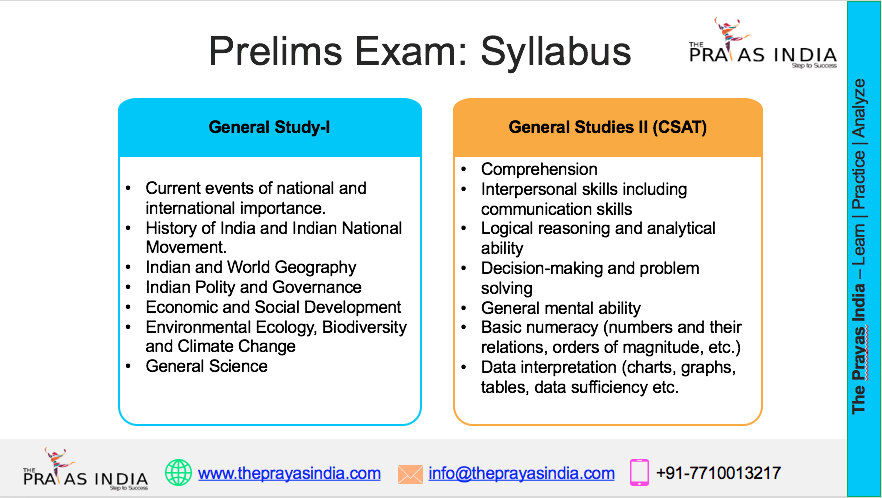Income-tax (No. 2) Bill, 2025: Comprehensive Guide to Major Reforms in Direct Taxation
Introduction
On 11 August 2025, the Union Government tabled the Income-tax (No. 2) Bill, 2025 in the Lok Sabha.
The bill is part of a series of reforms aimed at making India’s direct tax regime simpler, fairer, and more aligned with global practices.
India’s taxation framework has often been criticised for being complex and litigation-heavy. This bill seeks to address those concerns by:
- Reducing unnecessary compliance.
- Introducing predictable tax rates.
- Making better use of digital governance in tax administration.
For exam aspirants, this bill is significant because it touches Economy, Polity, and Current Affairs — three key areas in competitive exams like UPSC, SSC, IBPS, RBI, and state PSCs.
Why Was the Bill Needed?
The Income-tax Act, 1961 has served India for over six decades, but multiple amendments over the years have made it complicated for ordinary taxpayers.
Challenges that prompted reform include:
Complexity in Filing Returns
- Multiple exemptions and deductions make the filing process tedious.
- Even salaried individuals often need professional help to file returns.
Litigation Overload
- India has one of the world’s largest pending tax dispute backlogs.
- Ambiguities in law lead to frequent disagreements between taxpayers and the tax department.
Global Competitiveness
- Countries like Singapore, UAE, and the UK offer simpler tax structures.
- To attract foreign investment, India needs to match that ease of doing business.
Digital Economy Growth
- The rise of start-ups, gig workers, and digital enterprises requires updated tax norms.
Key Objectives of the Income-tax (No. 2) Bill, 2025
Simplification of the Tax Structure
- Aim: Reduce dependence on exemptions and deductions that complicate tax laws.
- Benefit: Taxpayers can easily calculate liabilities without consulting experts.
Encouraging Voluntary Compliance
- Clear provisions leave less room for misinterpretation.
- Faster processing of returns motivates timely and honest filing.
Improving Business Climate
- Predictable tax rules attract domestic and foreign investors.
- Special incentives for priority sectors encourage job creation.
Digital Transformation of Tax Administration
- Use of AI and Big Data to detect discrepancies automatically.
- End-to-end online systems to reduce human interaction and corruption.
Major Provisions Explained in Detail
Revised Personal Income Tax Slabs
- The bill proposes a rationalised new regime with fewer slabs and lower rates.
- Example: Middle-income earners could see reduced liability if they opt for the new system.
Corporate Tax Adjustments
- Special incentives for green manufacturing, export-driven units, and research-based industries.
- Lower effective tax rates for start-ups during their early years.
Gradual Phasing Out of Exemptions
- Outdated provisions (like some investment-linked deductions) will be removed.
- This aligns with global best practices where the base rate is low, but exemptions are minimal.
Faceless Assessment 2.0
- Improved algorithms for case selection.
- Faster resolution of scrutiny cases with minimal personal interaction.
Dispute Resolution Mechanism
- Expanded Vivad se Vishwas-type schemes for quicker settlement of disputes.
- Encourages taxpayers to resolve cases without prolonged litigation.
Integration with GST & MCA Data
- Cross-checking of income declarations with GST filings and corporate returns to reduce tax evasion.
Expected Impact on Stakeholders
For Individual Taxpayers
- Easier compliance and potentially lower tax liability.
- Faster refunds due to automated processing.
For Businesses
- Increased certainty in tax planning.
- Reduced compliance costs, especially for SMEs.
For Government
- A broader tax base from improved compliance.
- More efficient tax collection without increasing rates.
Relevance for Competitive Exams
This bill is a hot topic for multiple reasons:
- Economy Section: Impact on GDP growth, fiscal deficit, and investment.
- Polity Section: Understanding how bills are introduced, debated, and passed in Parliament.
- Current Affairs: This is a brand-new development in August 2025.
Sample MCQ for Exams:
Which of the following is NOT a provision of the Income-tax (No. 2) Bill, 2025?
- Phasing out of outdated exemptions.
- Introduction of Goods and Services Tax (GST).
- AI-driven faceless assessment.
- Dispute resolution schemes for pending cases.
- Correct Answer: 2
Conclusion
The Income-tax (No. 2) Bill, 2025 is not just another amendment — it is a systemic reform aimed at making India’s direct tax regime simpler, transparent, and future-ready.
If passed and implemented effectively, it could reduce compliance burdens, boost investor confidence, and improve revenue without overburdening taxpayers.
For aspirants, this is a must-study topic — understanding its provisions, context, and expected impact will help in both objective and descriptive parts of exams.


![Prayas-लक्ष्य [UPSC CSE Target] The Prayas India](https://theprayasindia.com/wp-content/uploads/2021/08/Prayas-लक्ष्य-UPSC-CSE-Target-The-Prayas-India-300x167.png)

![Prayas Pre-भेदश [UPSC CSE Prelims Test Series] The Prayas India](https://theprayasindia.com/wp-content/uploads/2021/08/Prayas-Pre-भेदश-UPSC-CSE-Prelims-Test-Series-The-Prayas-India-300x167.png)










